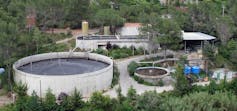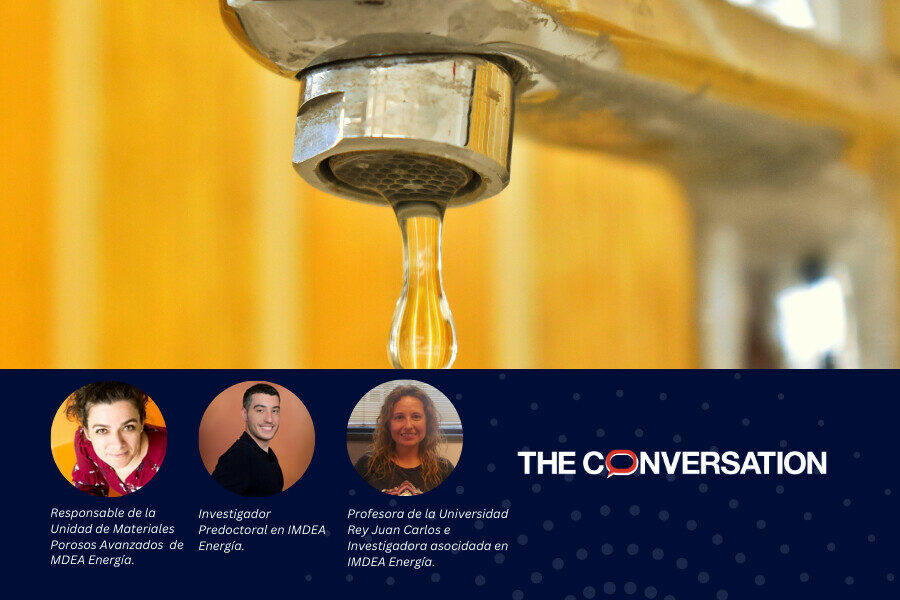Antibiotics Are Reaching Our Faucets: Can We Stop It?
Many people are unaware that the water they consume may contain antibiotics, which can contribute to the development of resistance in infection treatments. These drugs are now found in various bodies of water due to their indiscriminate and irresponsible use.
Studies have detected their presence in concentrations ranging from 100 to 50 nanograms (billionths of a gram) per litre. These substances enter aquatic environments primarily through human and animal excretion after medication intake or via the uncontrolled disposal of pharmaceuticals in drains and industrial waste.
Among the most commonly detected antibiotics are fluoroquinolones (ciprofloxacin, norfloxacin), beta-lactams (amoxicillin, penicillins), macrolides (erythromycin, clarithromycin), tetracyclines (doxycycline, oxytetracycline), and sulphonamides (sulfamethoxazole, sulfamethazine), all widely used in human and veterinary medicine.
A growing problem
Faced with this reality, rivers and lakes are becoming breeding grounds for the development of super-resistant bacteria, which emerge through random genetic mutations.
Superbugs pose a major threat to human and animal health, making common diseases such as pneumonia or urinary infections harder to treat. Patients are often forced to take more aggressive drugs with numerous side effects, including gastrointestinal and neurological disturbances, liver and kidney damage, and haematological and immune system complications.
Recent estimates suggest that drug-resistant bacterial infections were responsible for approximately 1.27 million deaths in 2019. Furthermore, by 2050, these infections could cause nearly 5 million deaths annually and lead to trillions in economic losses, affecting GDP and primary healthcare costs.
In Tap Water
Currently, conventional water treatment plants play a crucial role in preventing antibiotics from reaching our taps. However, they lack the necessary technology to completely remove these contaminants. Therefore, developing advanced removal technologies is essential.

Most water treatment plants are not equipped to filter out microcontaminants like antibiotics. Wikimedia Commons., CC BY
To address this challenge, researchers at the IMDEA Energy Institute, in collaboration with the University of Granada, have developed a new family of catalysts (called IEF-22, short for IMDEA Energy Frameworks) capable of breaking down antibiotics in water using sunlight.
These materials are based on coordination polymers or metal-organic frameworks (MOFs), a type of crystalline solid that combines sustainable metals (such as iron, nickel, calcium, or magnesium) with an organic phosphonate ligand.
Specifically, iron- and nickel-based materials have shown outstanding properties. They are highly stable in wastewater and extreme pH conditions, and they can absorb light in the visible spectrum, making them potential photocatalysts for breaking down contaminants in water under visible light.
What Do the Results Show?
Our experiments have demonstrated that the iron-based photocatalyst – IEF-22(Fe) – can eliminate sulfamethazine (a widely used antibiotic in the livestock industry) from real wastewater in just three hours of visible light irradiation.
Moreover, it maintains its photocatalytic performance over 16 reuse cycles, proving to be highly robust and stable. This makes it a promising solution for treating water contaminated with pharmaceuticals.
This study represents a significant breakthrough in the search for sustainable water decontamination solutions, providing an effective strategy for eliminating persistent pharmaceuticals that contribute to bacterial resistance.



